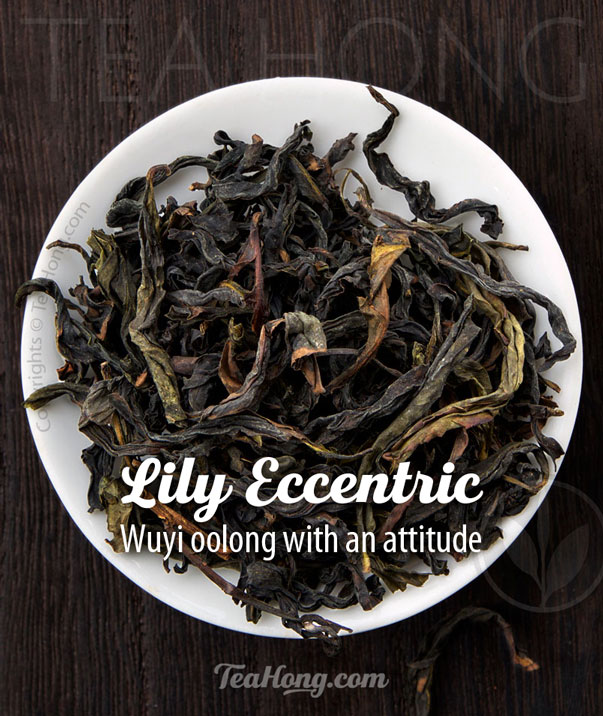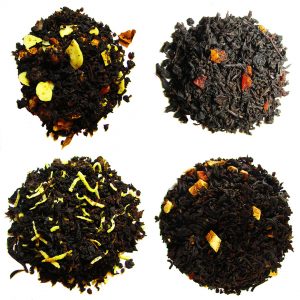Shu Cha

Shu cha ( Chinese: 熟茶 ) is a relatively new term that came about as Pu’er becomes a popular subcategory. The romanization ‘shu’ in the term is ‘shou’ when without the suffix ‘cha’. That is because this the convention of how the term is spoken.
‘Shou’ in Chinese as an adjective has many meanings. It can be ‘cooked’, ‘ripen’, ‘familiar’, ‘grown’, etc. In the world of pu’er, it refers to those varieties that have undergone induced post-fermentation, therefore, not as ‘raw’ or ‘green’ as those that have not. Post-Fermented varieties are relatively sweeter and therefore more ‘ripen’, hence the term.
Shu cha is the counterpart for ‘sheng cha’ ( Chinese: 生茶 ), or ‘shengcha’. They are both widely used in the world of pu’er as two distinctly different sub-subcategories.
In the past, there was no such term as shu cha. Pu’er and many other dark tea varieties were allowed to turn dark naturally by exposing to environmental elements. They were post-fermented naturally. Induced post-fermentation came about in the 1950’s to 60’s and began to develop a structure for systematic advancement only in the 1970’s.
The term shu cha appears in the following articles and discussions in this site:
- “Raw” Puer or “Cooked” Puer?
- 3 Tea Recipes for the Festive Season
- Bouquet Style Phoenix Oolongs
- Bulang Shengcha Pu’er
- Bulang Shengcha Puer
- Caffeine Content of Various Teas in Water Extract
- Categorization of Teas
- Certified organic teas: does it matter?
- compressed tea pu’er bar
- From Shengcha to Shu Cha, a Microbial Change
- Gongfu Infusion: Chapter 2
- Green Tea Production: Sun-drying
- Infusion colour of a shu cha puer
- Is Pu’er Cha Bing an Investment Tool?
- Laos Shengcha
- Leo Kwan: How Tea Has Chosen Me
- Naming of a Tea
- New Developments in Using Tea Catechins to Fight Cancer
- On Names
- Oolongs: Phoenix Varieties
- Oolongs: Tasting & Buying Tips
- Oolongs: the Gran Cru of Teas
- Oolongs: Wuyi Varieties
- Organic Spring, Taiwan Wulong Green Tea
- Pu’er
- Pu’er shu cha discus
- Pu’er: Myth of Origin & Reality of Blending
- puer tea: raw vs cooked, and a look at the chemical change
- Puer, a Post-fermented Tea
- Renaissance of Dianhong Part 1: the War
- Renaissance of Dianhong Part 2: Competition
- Rougui, the Wuyi oolong before Shuixian
- Shiguping Wulong
- Shou Cha or Shu Cha?
- Song Cultivar Huangzhi Xiang Dancong
- Stallion in Gold, Tieguanyin Turns Red
- Streptomyces galaxy
- Tea Against the Cold
- Tea Etiquette for Lunar New Year
- Tea in the Thermos
- Tea Infusion Colour, Shengcha Pu’er vs Shu Cha Pu’er
- Tea List Gallery: Pu’er and other Dark Teas
- Teaware: The Incredible Chahai
- Traditional Oolong Production: A Showcase
- What are Compressed Teas?
- Wild tea tree leaves in Yunnan
- Worker covering a pile of pu’er tea for post-fermentation proces
- Worker covering a pile of tealeaves for undergoing post-fermenta
- Wuyi Meizhan
- Yancha Shuixian, Wuyi oolong
- Yancha Shuixian, Wuyi oolong
- Yixing teapot: Real use for really small ones?
- Zhu-cha, green tea










